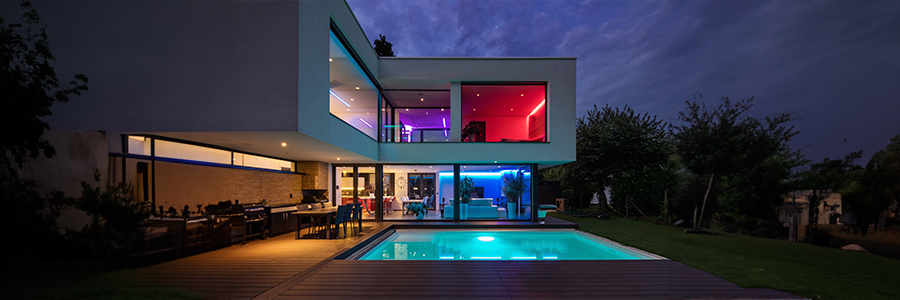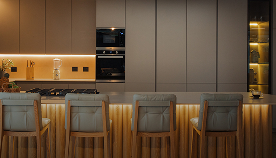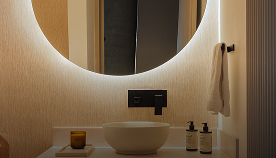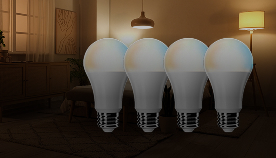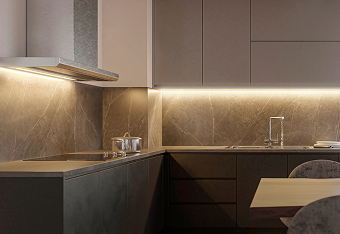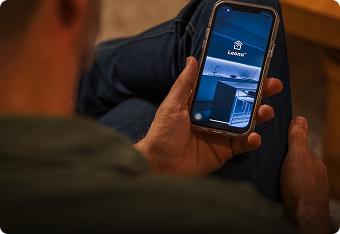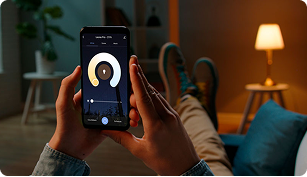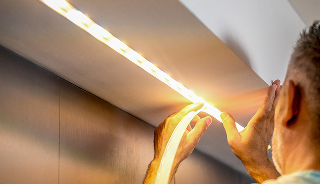Psychology of Light and Color: How LED Light Colors Affect Human Emotions
Light colors like red and yellow stimulate, while blue and green soothe, affecting emotions based on culture and individuality. Light colors and interior design together create mood in any space.
When discussing color theory, people talk about two different branches of study. While pigment color has been researched extensively, light color is an understudied field with much to discover. In interior design, designers pay plenty of attention to wall paint and furniture colors, considering the emotions and sensations these produce in a room. However, lighting is often overlooked despite playing a critical role in setting the mood.
Although the topic of light, color, emotions, and spaces is very broad, we want to offer you a basic guide to the psychology of light and color and their effects on people's moods.
Light Color Theory vs. Pigment Color Theory
As humans, we value the storytelling and the immersive experience of spaces, which makes understanding the role of design elements particularly important.
To discuss light colors, we first must understand how these differ from the theory of pigments or paint. For starters, the spectrum of light colors is more limited than that of pigments. For example, paint has a variety of earthy colors, but there is no such thing as "maroon light."
Natural light, or white light, consists of seven colors visible to the human eye: red, orange, yellow, green, cyan, blue, and violet. Red, green, and blue are the primary colors that cannot be created by combining other colors in the spectrum ; hence, the three colors are used for RGB lighting. These three colors can be combined to create all other colors in the spectrum of visible light, including white, so the colors of the light will be limited to the possible combinations of these three colors.
On the other hand, the basic pigment colors are yellow, cyan, magenta, and black, the same as those used in printers. In this case, the combination of primary colors and their mixed ones can give a greater variety of colors that play with tone, saturation, hue, and luminosity to gain a broader range of colors that light cannot match.
Light Color: Psychology and Emotions
"Recently, with the development of digital technology, colored lights have been widely used to improve the emotional experience of individuals in a space."Xie et all. in Effects of colored lights on an individual's affective impressions in the observation process.
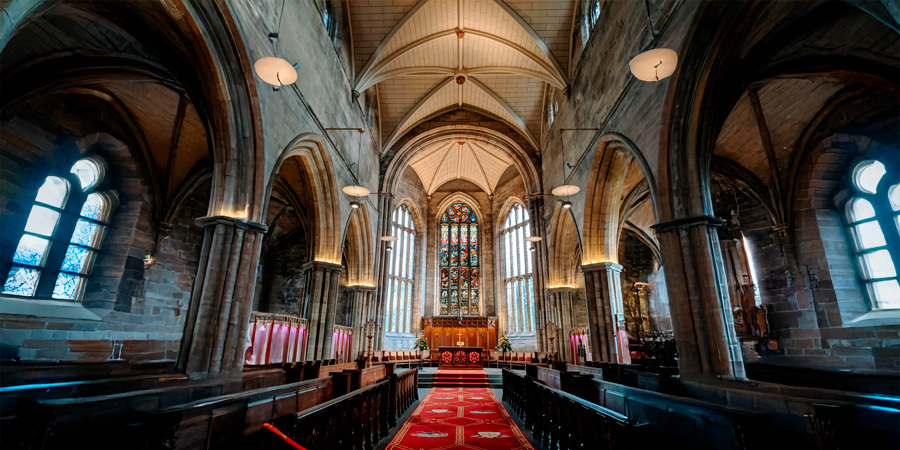
Color and lighting influence our psychology and well-being on a daily basis, so understanding these influences is important when creating human-centric spaces. However, how we see color is different for each person based on their culture, personal preferences, and biology.
Since medieval times, it has been known that light's color and intensity affect people emotionally. The stained-glass windows in Gothic churches were not just decorations. The colored light they projected into the space was designed so that people would feel impressed and overwhelmed by the grandeur. The rose windows were also perfectly located so that when the sun hit them, the light gave the altar a more sacred air, creating awe and reverence in the spectators.
These lighting effects were hard to replicate in other spaces until colored incandescent light bulbs were invented. The new advances in LED technology, like RGB and RGBW lights, now allow people to experience how light changes affect their perception of spaces.
Colored Lighting and How It Affects Us
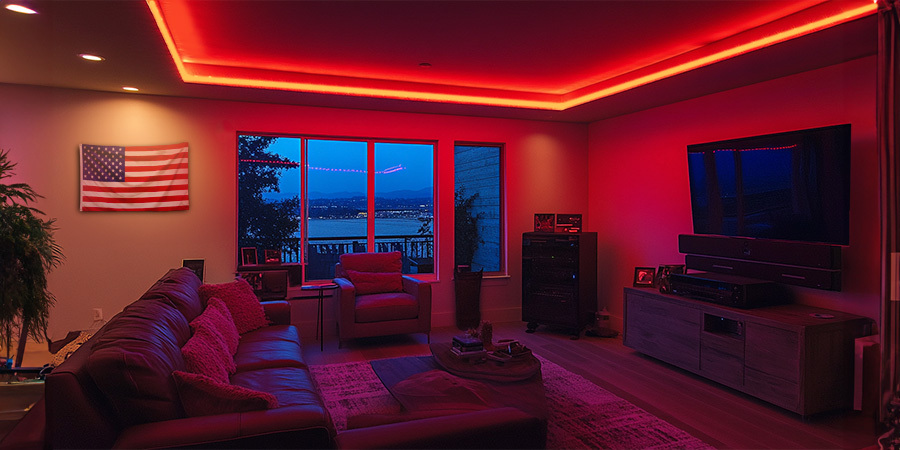
Red
Red is one of the primary colors of RGB light; this means it cannot be broken down in any way.The effects observed in experiments with red light show that one of the main effects this color has in people is increased alertness , which leads the brain to rapid responses and impulsive decisions.
Red can also make people feel more emotional, which influences how they communicate and perceive the emotions of others.
Culturally we associate red with desire, and because red is an undertone for many skin tones, it can be flattering. So, if you want to create a more intimate mood, red LED lighting is a good choice. Nevertheless, it is important to remember that some people are easily stimulated by this color, making them feel bad, angry, or anxious, so it is always better to use it as an accent and not saturate the space.
Amber or Orange
Amber is the color of the sunset. It is usually a very peaceful and friendly color that invites cozy, welcoming feelings. Amber is also the only color that doesn't mess with our circadian rhythm, which makes it ideal for spaces such as bedrooms where you want to relax.
It also gives common areas such as living rooms, kitchens, or game rooms a pleasant atmosphere, making visitors feel welcome and encouraging interactions and communication.
This light color is also used in restaurants since it can stimulate appetite.
Yellow
Yellow has a deeper, more defined hue, giving it a warmer, more vibrant appearance than warm white light.
This color can encourage mental clarity and concentration, helping people be more productive and creative. It also stimulates sociability and communication, facilitating more joyful and friendly interactions. So, it's a popular color used in the lighting for public places such as bars or coworking that promotes joy and dynamism.
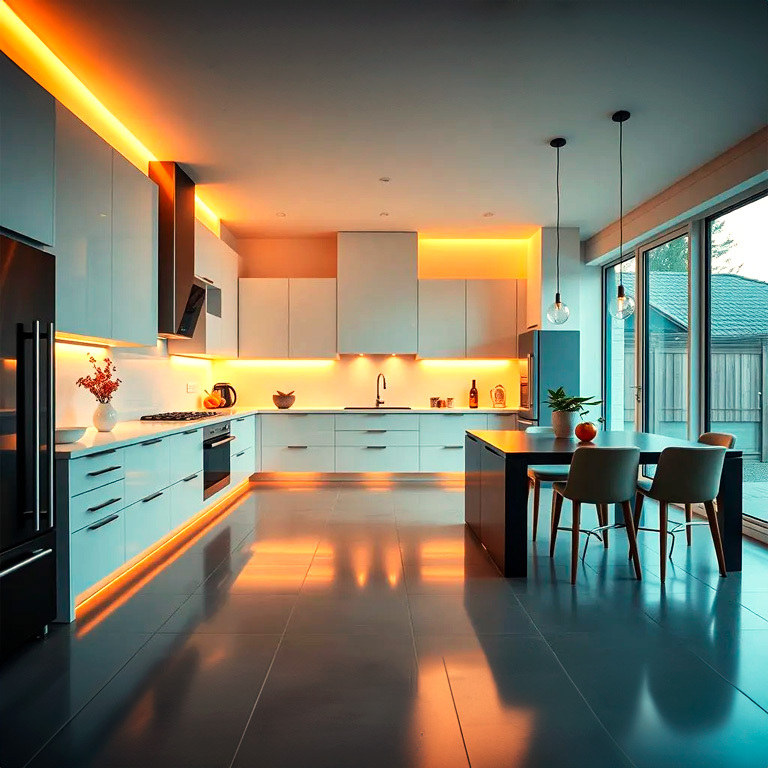
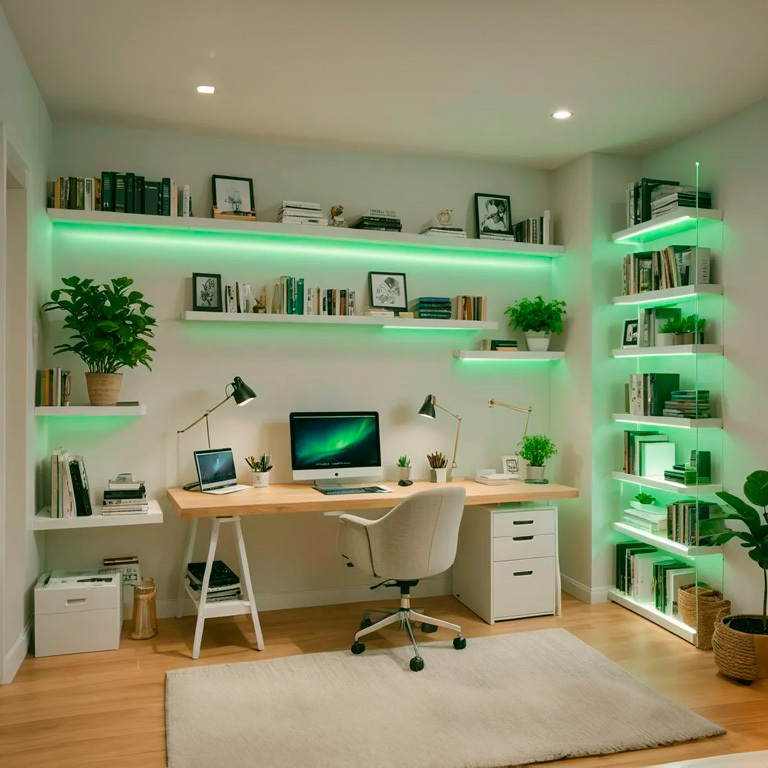
Green
Green is a neutral color associated with nature and has a calming effect on the senses. Being located in the center of the color spectrum, green is perceived as balanced and stabilizing. It's ideal for study rooms to counteract the effects of the hyperfocus produced by cool white light. This will help prevent the state of alert from turning into stress or mental fatigue.
Green light can also make you feel hope and emotional well-being. It promotes positive thoughts and encourages a feeling of freshness and revitalization.
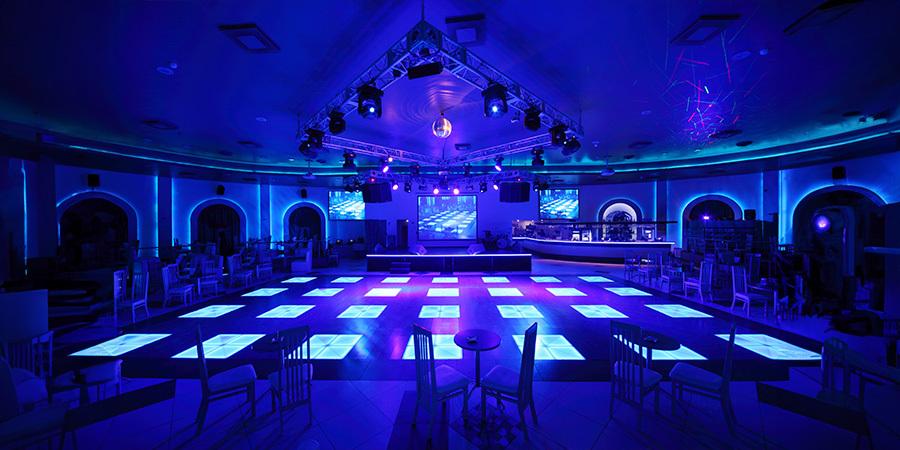
Blue
Blue is generally associated with calm, relaxation, and mental clarity, as it can reduce stress and improve concentration. For this reason, it's used in environments where it is important to maintain attention and deep reflection, such as offices or libraries.
But this color can also be stimulating. Blue light is often seen in gyms, where it’s necessary to be active and energetic while exercising, or bars and clubs, where people are expected to be lively and excited. However, excessive exposure, especially at night, can interfere with the circadian cycle by affecting sleep and causing insomnia.
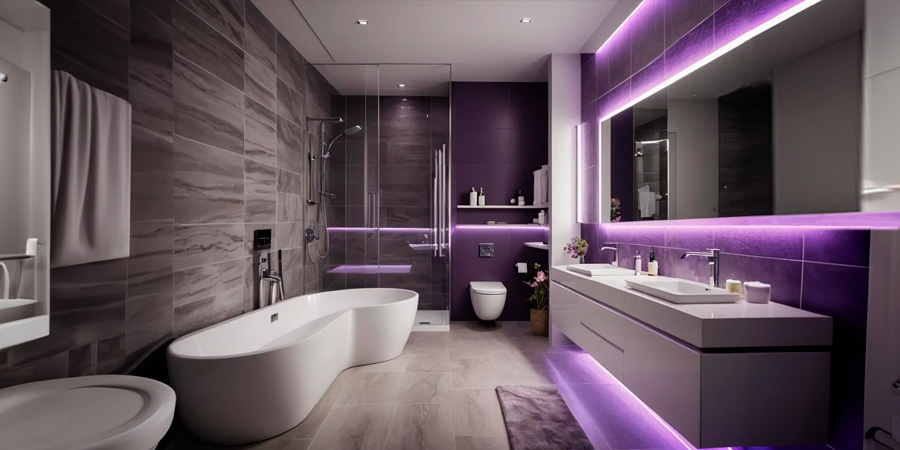
Purple
Purple light produces different effects depending on the person.
For some, this color stimulates creativity and innovative thinking. It helps generate new ideas and encourages imagination, making it ideal in artistic or creative settings.
In addition, purple has historically been associated with royalty and luxury, which canevoke feelings of sophistication, power, or exclusivity.
Other people associate it with the spiritual and the mystical, which can generate feelings of connection with the sacred, so it can be used in spaces for yoga or meditation.
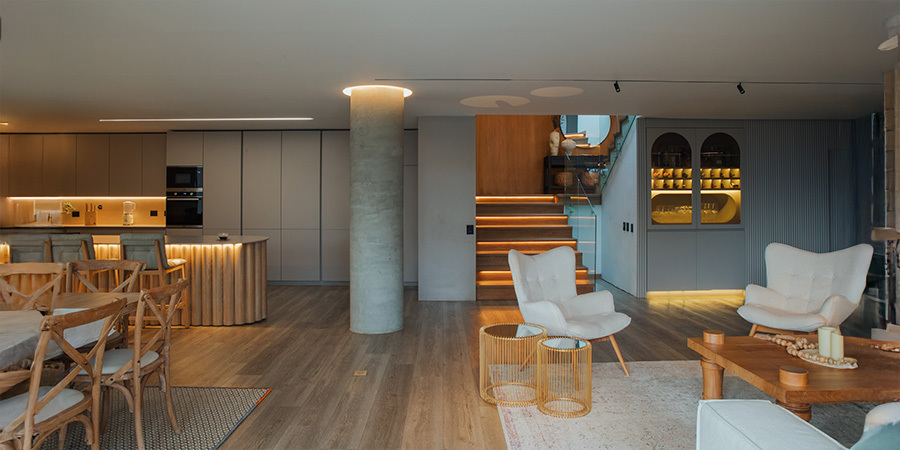
White Light
In terms of color light, white is the combination of all the visible colors. Due to its clarity, neutrality, and resemblance to sunlight, white light is the most common lighting choice for interior spaces.
Neutral white light, between 4000K and 5000K, is elegant, clean, and fresh. It is ideal for highlighting furniture and giving clarity to a space. Simulating daylight keeps people awake and feeling good and comfortable It's a great alternative for spaces where sunlight doesn’t enter, but you want good luminosity without overstraining eyesight.
Warm white light ranges from 3000K to 1000K; it has a yellow, almost orange hue. This lighting creates a more homely, inviting, and relaxing atmosphere. It is ideal for living rooms and social spaces where you want to promote relaxation and enjoyment rather than tasks that require focus.
Cool white lights are often used when concentration and attention to detail are needed. These are color temperatures above 5000K. They are ideal for spaces such as kitchens or study rooms where attention and alertness are required. However, a temperature of more than 6700 Kelvin can begin to affect emotions negatively, generating feelings of unrest and affecting sleep cycles.
Conclusion: Psychology of Light and Color
Each person's reaction to different is linked to their personal life and biology. What some consider to be a happy color that brings luck can be negative for others, so the choice of light colors for spaces will be closely linked to personal preferences.
Over time, science will continue to develop its knowledge about the psychology of color and its decorative and medical applications. For now, we can rely on personal taste and the information we shared here so that you can begin to illuminate your spaces in a different way.
Contact Flexfire LEDs to Learn More
Do you have a lighting project and want us to advise you on using light and color in your LED project? At Flexfire LEDs , we have different colored lighting options you may need for your commercial or residential spaces: single color, RGB, and RGBW. Contact us to get everything you need for your lighting in one place.
